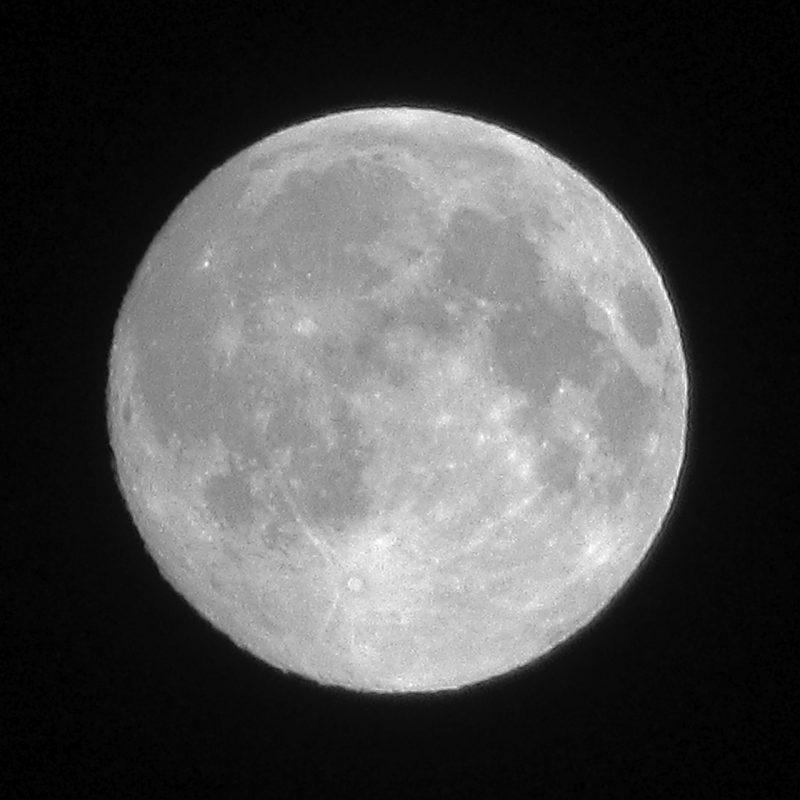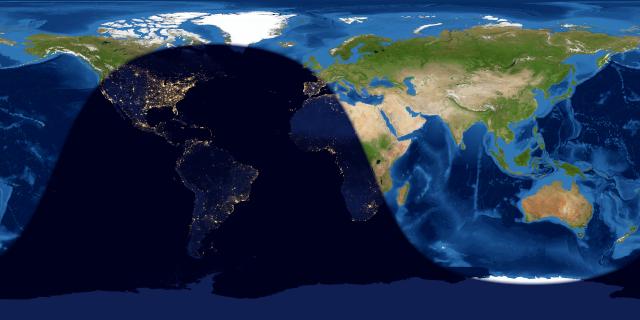
Tonight – July 8, 2016 – if you’re in the Americas, you’ll see a full moon. In fact, you might have seen a nearly full moon last night, or this morning, like the one caught by Andy Bentley at the top of this post – 99.2% illuminated – Saturday morning, July 8.
In North America, we often call the July full moon the Buck Moon, Thunder Moon or Hay Moon. At this time of year, buck deer begin to grow velvety antlers, while farmers are working to store ripe hay in their barns, amid the summer season’s frequent thunder showers.
The moon is said to be astronomically full when it’s precisely 180o opposite the sun in ecliptic longitude. This happens on July 9 at 4:07 UTC. At U.S. latitudes, that translates to 12:07 a.m. EDT and onJuly 8 at 11:07 p.m. CDT, 10:07 p.m. MDT and 9:07 p.m. PDT. So full moon, for the Americas, is tonight.
On the other hand, for places west of the International Date Line – for example, Australia, New Zealand, the Philippines, all of Asia – fullest moon comes the evening of July 9.

Generally speaking, half the globe won’t see the moon at the instant it turns precisely full. Still, from almost everywhere worldwide, the moon will appear plenty full to the eye on the night of July 8-9 and 9-10. That’s because, for several days around full moon, the moon is generally opposite the sun and appears in Earth’s sky most hours of the night.
Look for the moon to appear low in your eastern sky around sunset July 8. It’ll climb up highest up for the night around midnight and will shine low in your western sky at dawn July 9.
The full moon lies almost opposite the sun, so the path of the July full moon across the nighttime sky will resemble that of the January sun across the daytime sky. Therefore, far-northern regions of the globe won’t see the moon at all tonight. That’s because the July full moon, like the January sun, resides too far south on the sky’s dome to be seen from northern Arctic latitudes.
Bottom line: Fullest moon for the Americas on July 8, 2017, and fullest moon for Asia on July 9. Across the globe this weekend, a full or nearly full moon lights up our skies all night.











